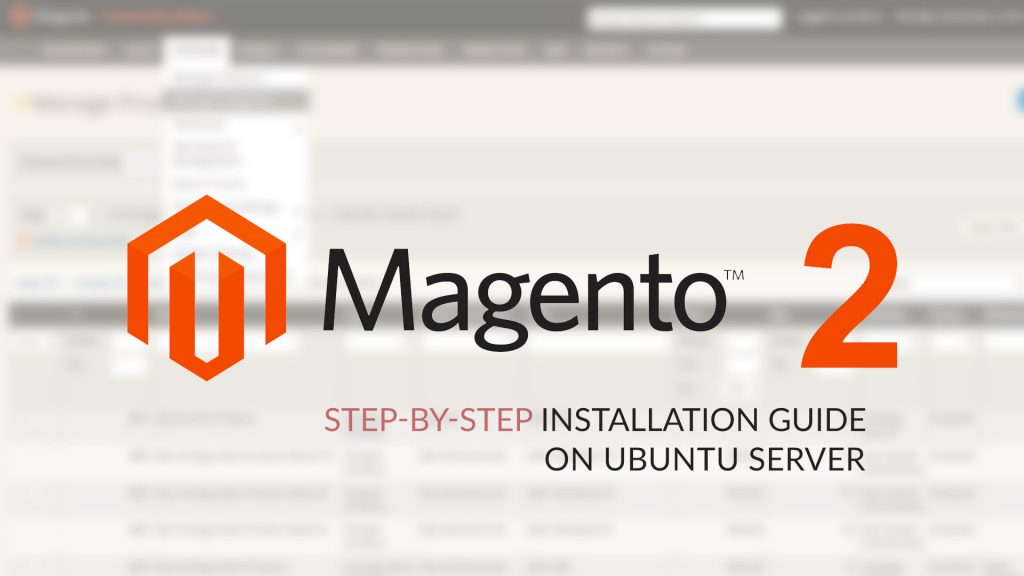Server Configuration Guide for Magento 2
Server Configuration Guide for Magento 2
Server Configuration Guide for Magento, being a robust e-commerce platform, requires a properly configured server environment to ensure optimal performance, security, and scalability. Here’s a comprehensive guide to configuring your server for Magento 2:
1. System Requirements:
Ensure that your server meets the minimum system requirements recommended by Magento:
- Operating System: Linux distributions such as Ubuntu, CentOS, or RedHat Enterprise Linux (RHEL)
- Web Server: Apache 2.4 or Nginx 1.x
- PHP: Version 7.4.x or 7.3.x (with required PHP extensions)
- Database: MySQL 8.0, MariaDB 10.4, Percona 8.0, or equivalent
- RAM: At least 2GB (4GB recommended)
- Disk Space: Minimum 2GB for Magento installation, additional space for data storage
2. PHP Configuration:
Configure PHP settings according to Magento’s requirements:
- Set memory_limit to at least 2GB.
- Enable extensions: curl, gd2, intl, PDO/MySQL, simplexml, mbstring, soap, xml, xsl, zip.
- Disable OpCode caching for development environments; use OPCache or APCu for production.
3. Web Server Configuration:
For Apache:
- Enable Apache rewrite module.
- Configure virtual hosts with appropriate directives, including AllowOverride All for Magento’s .htaccess files.
For Nginx:
- Configure Nginx server blocks (virtual hosts) with appropriate location directives for Magento.
- Implement fastcgi_params and gzip compression for better performance.
4. Database Configuration:
- Create a separate database for Magento.
- Configure the database server to use InnoDB storage engine.
- Set appropriate privileges for the Magento database user.
5. File Permissions:
Ensure correct file permissions for Magento files and directories:
- Directories: 755
- Files: 644
- var/ and pub/ directories: 770
- chmod +x bin/magento for executable permissions on the Magento CLI.
6. SSL/TLS Configuration:
Secure your site with SSL/TLS encryption:
- Install a valid SSL certificate.
- Configure web server to redirect HTTP traffic to HTTPS.
- Set secure base URLs in Magento configuration.
7. Magento Installation:
- Download the Magento installation package from the official website or use Composer.
- Follow the installation wizard or use the command-line interface (CLI) for installation.
- Configure Magento with database credentials, base URLs, and encryption key.
8. Performance Optimization:
Implement performance optimization techniques for better page load speed:
- Enable Magento caching mechanisms (Redis, Memcached, Varnish).
- Minify CSS and JavaScript files.
- Enable Full Page Cache (FPC) for dynamic content caching.
- Optimize images and use lazy loading.
9. Security Measures:
Ensure the security of your Magento installation:
- Keep Magento and server software up to date.
- Implement strong passwords and two-factor authentication (2FA).
- Regularly audit file permissions and user privileges.
- Use security extensions like Sucuri or MageReport to scan for vulnerabilities.
10. Monitoring and Maintenance:
Set up monitoring tools to keep track of server performance and application health:
- Use monitoring services like New Relic or Prometheus.
- Set up logging and error reporting for troubleshooting.
- Schedule regular backups of Magento files and database.
By following these server configuration guidelines, you can create a robust and secure environment for your Magento 2 store, ensuring smooth operation and a seamless shopping experience for your customers.

